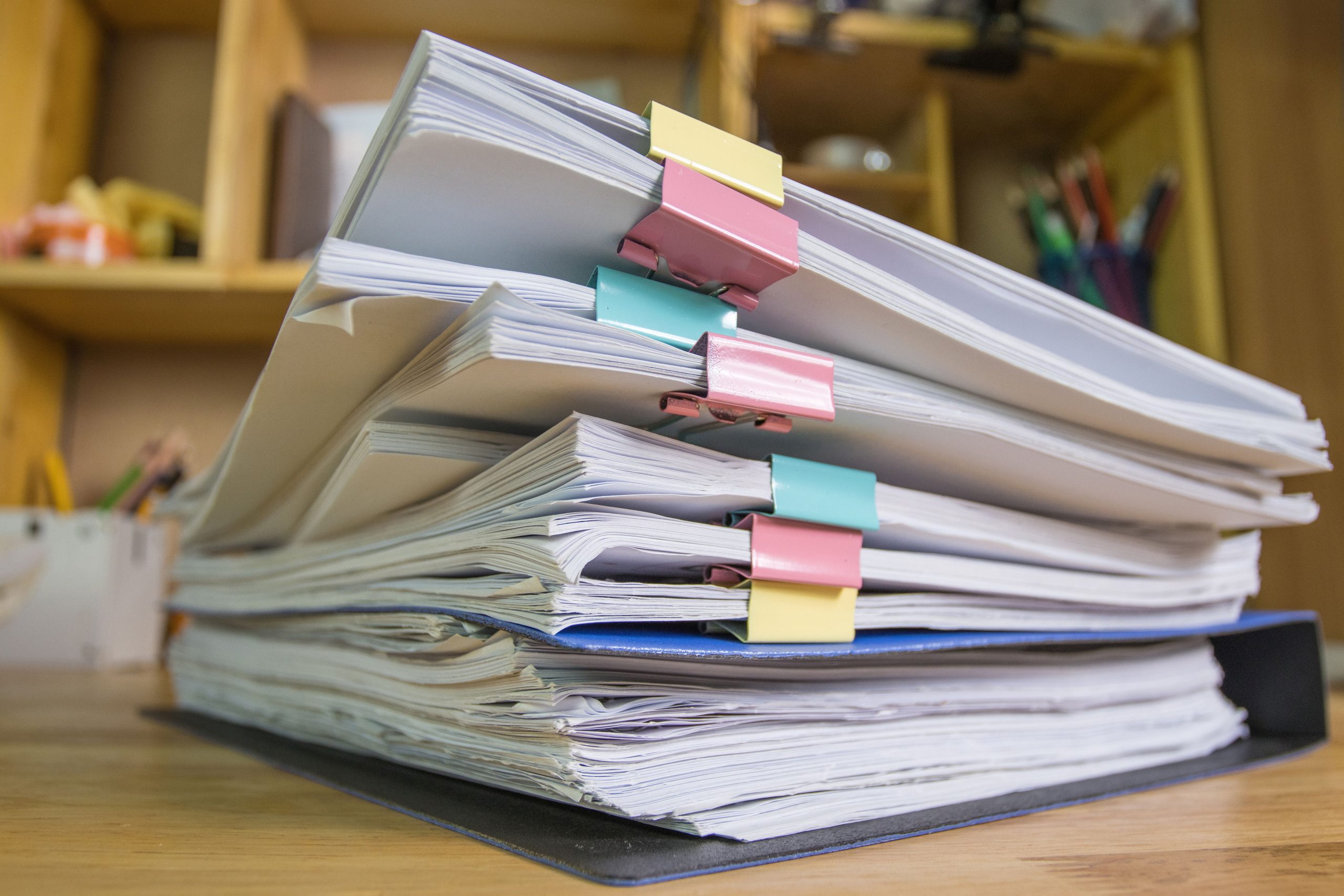In an early July poll, 58% of Americans said they thought the U.S. economy was in a recession, up from 53% in June and 48% in May.1 Yet many economic indicators, notably employment, remain strong. The current situation is unusual, and there is little consensus among economists as to whether a recession has begun or may be coming soon.2
Considering the high level of public concern, it may be helpful to look at how a recession is officially determined and some current indicators that suggest strength or weakness in the U.S. economy.
Business Cycle Dating
U.S. recessions and expansions are officially measured and declared by the Business Cycle Dating Committee of the National Bureau of Economic Research (NBER). This private, nonpartisan organization began dating business cycles in 1929. The committee, formed in 1978, includes eight economists specializing in macroeconomic and business cycle research.3
The NBER defines a recession as “a significant decline in economic activity that is spread across the economy and lasts more than a few months.” The committee looks at the big picture and makes exceptions as appropriate. For example, the economic decline between March and April 2020 was so extreme that it was declared a recession even though it lasted only two months.4
To determine peaks and troughs of economic activity, the committee studies a range of monthly economic data, with special emphasis on six indicators: personal income, consumer spending, wholesale-retail sales, industrial production, and two measures of employment. Because official data is typically reported with a delay of a month or two — and patterns may be evident only in hindsight — it generally takes some time before the committee can identify a peak or trough. Some short recessions (including the 2020 downturn) were over by the time they were officially announced.5
Strong Employment
Over the last few months, economic data has been mixed. When adjusted for inflation, consumer spending declined in May but bounced back in June.6 Retail sales were strong in June, but manufacturing output dropped for a second month.7 The strongest and most consistent data has been employment. The economy added 372,000 jobs in June, the third consecutive month of gains in that range. Total nonfarm employment is now just 0.3% below the pre-pandemic level, and private-sector employment is actually higher (offset by losses in government employment).8
The unemployment rate has been 3.6% for four straight months, essentially the same as before the pandemic (3.5%), which was the lowest rate since 1969.9 Initial unemployment claims ticked up slightly in mid-July but remained near historic lows.10 In the 12 recessions since World War II, the unemployment rate has consistently risen, with a median increase of 3.5 percentage points.11
Negative GDP Growth
The common definition of a recession is a decrease in the real Gross Domestic Product (GDP) for two consecutive quarters, and the current situation meets that criterion. Real (inflation-adjusted) GDP dropped at an annual rate of 1.6% in the first quarter of 2022 and by 0.9% in the second quarter.12 Because GDP is reported quarterly, the NBER committee cannot use it to measure monthly economic activity, but the committee looks at it to define recessions more broadly.
Since 1948, the U.S. economy has never experienced two consecutive quarters of negative GDP growth without a recession being declared. However, the current situation could be an exception due to the strong employment market and some anomalies in the GDP data.13
The negative first-quarter GDP was largely due to a record U.S. trade deficit, as businesses and consumers bought more imported goods to satisfy demand. This was a sign of economic strength rather than weakness. Consumer spending and business investment — the two most important components of GDP — increased for the quarter.14
Initial second-quarter GDP data showed a strong positive trade balance but slower growth in consumer spending, with increased spending on services and decreased spending on goods. The most significant negative factors were a slowdown in residential construction and a substantial cutback in business inventories growth.15 Although inventory reductions can precede a recession, it’s too early to tell whether they signal trouble or are simply a return to more appropriate levels.16 Economists may not know whether the economy is contracting until additional monthly data exists.
The Inflation Factor
With employment at such high levels, it may be questionable to characterize the current economic situation as a recession. However, the employment market could change, and recessions can be driven by fear and fundamental economic weakness.
The fear factor is inflation, which ran at an annual rate of 9.1% in June, the highest since 1981.17 Wages have increased, but not enough to make up for the erosion of spending power, making many consumers more cautious despite the strong job market.18 If consumer spending slows significantly, a recession is certainly possible, even if it is not already underway.
Inflation has forced the Federal Reserve to raise interest rates aggressively, with a 0.50% increase in the benchmark federal funds rate in May, followed by 0.75% increases in June and July.19 It takes time for the effect of higher rates to filter through the economy, and it remains to be seen whether there will be a “soft landing” or a more jarring stop that throws the economy into a recession.
No one has a crystal ball, and projections range widely. Some economists say there is a remote chance of a recession, and others predict an imminent downturn, with a moderate recession to follow in 2023.20 If the latter turns out to be true (or if a recession arrives sooner), it’s important to remember that recessions are generally short-lived. Since World War II, the average recession has lasted an average of just ten months. By contrast, economic expansions have lasted 64 months.21 To put it simply: The good times typically last longer than the bad.
Projections are based on current conditions, are subject to change, and may not come to pass.
1) Investor’s Business Daily, July 12, 2022
2) The Wall Street Journal, July 17, 2022
3–5) National Bureau of Economic Research, 2021
6, 12, 15, 21) U.S. Bureau of Economic Analysis, 2022
7) Reuters, July 15, 2022
8–9, 17–18) U.S. Bureau of Labor Statistics, 2022
10) The Wall Street Journal, July 14, 2022
11) The Wall Street Journal, July 4, 2022
13–14) MarketWatch, July 5, 2022
16) The Wall Street Journal, July 28, 2022
19) Federal Reserve, 2022
20) The New York Times, July 1, 2022



